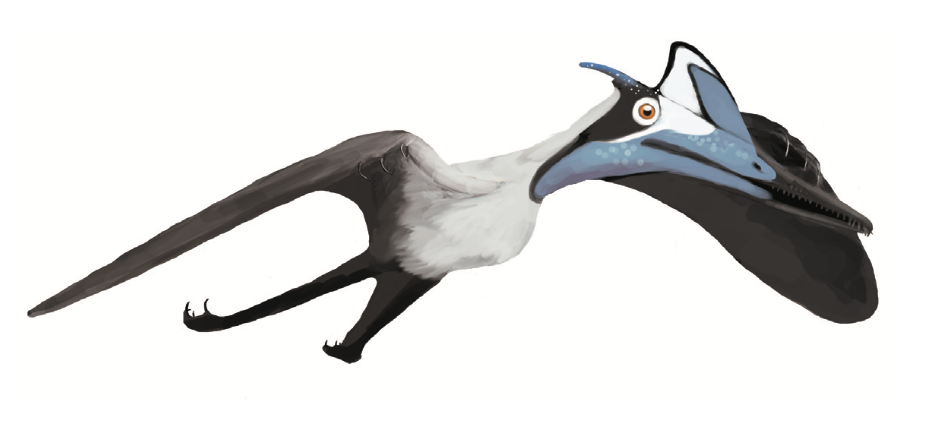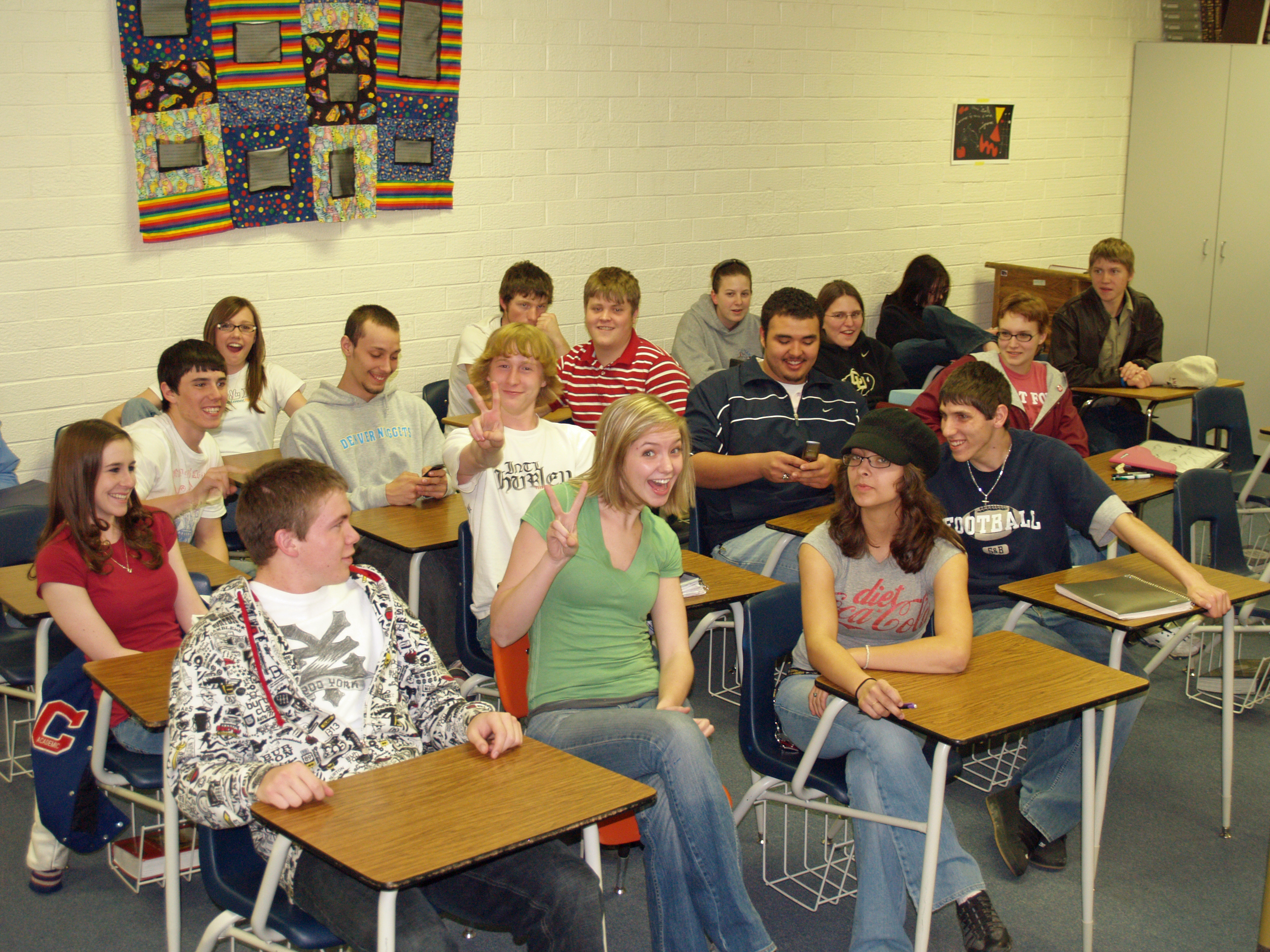|
Alexander Kellner
Alexander Wilhelm Armin Kellner (born September 26, 1961) is a Brazilian geologist and paleontologist who is a leading expert in the field of studying pterosaurs. His research has focused mainly on fossil reptiles from the Cretaceous Period, including extinct dinosaurs and crocodylomorphs. Kellner has over 500 publications to his name, has published more than 160 primary studies and two science books. He has participated in paleontological expeditions to many locations including Brazil, Chile, Iran, the United States, Argentina, China, and Antarctica. His scientific achievements include the description of more than thirty species. For his work he has received several honors and prizes, including the TWAS Prize for Earth Sciences from The World Academy of Sciences and admission to the National Order of Scientific Merit (class Comendador), one Brazil's most prestigious awards. Biography Kellner was born in Vaduz, Liechtenstein, son of a German father and Austrian mother. In h ... [...More Info...] [...Related Items...] OR: [Wikipedia] [Google] [Baidu] |
Vaduz
Vaduz (; or ; High Alemannic pronunciation: [])Hans Stricker, Toni Banzer, Herbert Hilbe: ''Liechtensteiner Namenbuch. Die Orts- und Flurnamen des Fürstentums Liechtenstein.'' Band 2: ''Die Namen der Gemeinden Triesenberg, Vaduz, Schaan.'' Hrsg. vom Historischen Verein für das Fürstentum Liechtenstein. Vaduz 1999, S. 430–435. is the capital of Liechtenstein and also the seat of the national parliament. The village, which is located along the Rhine, has 5,696 residents. The most prominent landmark of Vaduz is Vaduz Castle, perched atop a steep hill overlooking the village. It is home to the reigning prince of Liechtenstein and the Liechtenstein princely family. The village's distinctive architecture is also displayed in landmarks such as the Cathedral of St. Florin, Government House, Village Hall, the National Art Gallery, as well as the National Museum. Although Vaduz is the best-known village in the principality internationally, it is not the largest; neighbouring Sch ... [...More Info...] [...Related Items...] OR: [Wikipedia] [Google] [Baidu] |
Species
A species () is often defined as the largest group of organisms in which any two individuals of the appropriate sexes or mating types can produce fertile offspring, typically by sexual reproduction. It is the basic unit of Taxonomy (biology), classification and a taxonomic rank of an organism, as well as a unit of biodiversity. Other ways of defining species include their karyotype, DNA sequence, morphology (biology), morphology, behaviour, or ecological niche. In addition, palaeontologists use the concept of the chronospecies since fossil reproduction cannot be examined. The most recent rigorous estimate for the total number of species of eukaryotes is between 8 and 8.7 million. About 14% of these had been described by 2011. All species (except viruses) are given a binomial nomenclature, two-part name, a "binomen". The first part of a binomen is the name of a genus to which the species belongs. The second part is called the specific name (zoology), specific name or the specific ... [...More Info...] [...Related Items...] OR: [Wikipedia] [Google] [Baidu] |
Santana Group
The Santana Group is a geologic group, formerly included as the middle part of the Araripe Group, in the Araripe Basin of northeastern Brazil. The group comprises the Crato, Ipubi and Romualdo Formations and is dated to the Aptian to Albian stages of the Early Cretaceous. The formations of the group were deposited in a lacustrine to subtidal shallow marine environment in the Araripe rift basin.Santana Group at .org The Santana Group has provided a rich assemblage of fossils; flora, fish, arthropods insects, turtles, snakes, dinosaurs including '' |
Pterosaur
Pterosaurs are an extinct clade of flying reptiles in the order Pterosauria. They existed during most of the Mesozoic: from the Late Triassic to the end of the Cretaceous (228 million to 66 million years ago). Pterosaurs are the earliest vertebrates known to have evolved powered flight. Their wings were formed by a membrane of skin, muscle, and other tissues stretching from the ankles to a dramatically lengthened fourth finger. There were two major types of pterosaurs. Basal pterosaurs (also called 'non-pterodactyloid pterosaurs' or ' rhamphorhynchoids') were smaller animals with fully toothed jaws and, typically, long tails. Their wide wing membranes probably included and connected the hind legs. On the ground, they would have had an awkward sprawling posture, but the anatomy of their joints and strong claws would have made them effective climbers, and some may have even lived in trees. Basal pterosaurs were insectivores or predators of small vertebrates. Later pte ... [...More Info...] [...Related Items...] OR: [Wikipedia] [Google] [Baidu] |
Geological Period
The geologic time scale or geological time scale (GTS) is a representation of time based on the geologic record, rock record of Earth. It is a system of chronological dating that uses chronostratigraphy (the process of relating stratum, strata to time) and geochronology (a scientific branch of geology that aims to determine the age of rocks). It is used primarily by Earth science, Earth scientists (including geologists, paleontology, paleontologists, geophysics, geophysicists, geochemistry, geochemists, and paleoclimatology, paleoclimatologists) to describe the timing and relationships of events in geologic history. The time scale has been developed through the study of rock layers and the observation of their relationships and identifying features such as lithology, lithologies, paleomagnetism, paleomagnetic properties, and fossils. The definition of standardised international units of geological time is the responsibility of the International Commission on Stratigraphy (ICS), ... [...More Info...] [...Related Items...] OR: [Wikipedia] [Google] [Baidu] |
Reptile
Reptiles, as commonly defined, are a group of tetrapods with an ectothermic metabolism and Amniotic egg, amniotic development. Living traditional reptiles comprise four Order (biology), orders: Testudines, Crocodilia, Squamata, and Rhynchocephalia. About 12,000 living species of reptiles are listed in the Reptile Database. The study of the traditional reptile orders, customarily in combination with the study of modern amphibians, is called herpetology. Reptiles have been subject to several conflicting Taxonomy, taxonomic definitions. In Linnaean taxonomy, reptiles are gathered together under the Class (biology), class Reptilia ( ), which corresponds to common usage. Modern Cladistics, cladistic taxonomy regards that group as Paraphyly, paraphyletic, since Genetics, genetic and Paleontology, paleontological evidence has determined that birds (class Aves), as members of Dinosauria, are more closely related to living crocodilians than to other reptiles, and are thus nested among re ... [...More Info...] [...Related Items...] OR: [Wikipedia] [Google] [Baidu] |
Vertebrate
Vertebrates () are animals with a vertebral column (backbone or spine), and a cranium, or skull. The vertebral column surrounds and protects the spinal cord, while the cranium protects the brain. The vertebrates make up the subphylum Vertebrata with some 65,000 species, by far the largest ranked grouping in the phylum Chordata. The vertebrates include mammals, birds, amphibians, and various classes of fish and reptiles. The fish include the jawless Agnatha, and the jawed Gnathostomata. The jawed fish include both the Chondrichthyes, cartilaginous fish and the Osteichthyes, bony fish. Bony fish include the Sarcopterygii, lobe-finned fish, which gave rise to the tetrapods, the animals with four limbs. Despite their success, vertebrates still only make up less than five percent of all described animal species. The first vertebrates appeared in the Cambrian explosion some 518 million years ago. Jawed vertebrates evolved in the Ordovician, followed by bony fishes in the Devonian. T ... [...More Info...] [...Related Items...] OR: [Wikipedia] [Google] [Baidu] |
Geology
Geology (). is a branch of natural science concerned with the Earth and other astronomical objects, the rocks of which they are composed, and the processes by which they change over time. Modern geology significantly overlaps all other Earth sciences, including hydrology. It is integrated with Earth system science and planetary science. Geology describes the structure of the Earth on and beneath its surface and the processes that have shaped that structure. Geologists study the mineralogical composition of rocks in order to get insight into their history of formation. Geology determines the relative ages of rocks found at a given location; geochemistry (a branch of geology) determines their absolute ages. By combining various petrological, crystallographic, and paleontological tools, geologists are able to chronicle the geological history of the Earth as a whole. One aspect is to demonstrate the age of the Earth. Geology provides evidence for plate tectonics, the ev ... [...More Info...] [...Related Items...] OR: [Wikipedia] [Google] [Baidu] |
Deutsche Schule Rio De Janeiro
Deutsch ( , ) or Deutsche ( , ) may refer to: * or : the German language or in particular Standard German, spoken in central European countries and other places *Old High German language refers to Deutsch as a way to define the primary characteristic of the people of the land with importance given to masculine strength - Dhaithya in Samskrutham (aka Sanskrit) meaning a physically very strong man, who is not concerned about his actions and their consequences that use his strength, as he is blinded by the temporary power he possesses at the moment. *: Germans, as a weak masculine, feminine, or plural demonym * ''Deutsch'' (word), originally referring to the Germanic vernaculars of the Early Middle Ages Businesses and organisations *André Deutsch, an imprint of Carlton Publishing Group * Deutsch Inc., a former American advertising agency that split in 2020 into: ** Deutsch NY, a New York City-based advertising agency * Deutsche Aerospace AG *Deutsche Akademie, a cultural organisa ... [...More Info...] [...Related Items...] OR: [Wikipedia] [Google] [Baidu] |
Secondary Education
Secondary education is the education level following primary education and preceding tertiary education. Level 2 or ''lower secondary education'' (less commonly ''junior secondary education'') is considered the second and final phase of basic education, and level 3 ''upper secondary education'' or ''senior secondary education'' is the stage before tertiary education. Every country aims to provide basic education, but the systems and terminology remain unique to them. Secondary education typically takes place after six years of primary education and is followed by higher education, vocational education or employment. In most countries secondary education is compulsory education, compulsory, at least until the age of 16. Children typically enter the lower secondary phase around age 12. Compulsory education sometimes extends to age 20 and further. Since 1989, education has been seen as a basic human right for a child; Article 28, of the Convention on the Rights of the Child states ... [...More Info...] [...Related Items...] OR: [Wikipedia] [Google] [Baidu] |
Primary Education
Primary education is the first stage of Education, formal education, coming after preschool/kindergarten and before secondary education. Primary education takes place in ''primary schools'', ''elementary schools'', or first schools and middle schools, depending on the location. Hence, in the United Kingdom and some other countries, the term ''primary'' is used instead of ''elementary''. There is no commonly agreed on duration of primary education, but often three to six years of elementary school, and in some countries (like the US) the first Primary education in the United States, seven to nine years are considered primary education. The International Standard Classification of Education considers primary education as a single phase where programs are typically designed to provide fundamental reading, writing, and mathematics skills and establish a solid foundation for learning. This is International Standard Classification of Education#Level 1, ISCED Level 1: Primary educatio ... [...More Info...] [...Related Items...] OR: [Wikipedia] [Google] [Baidu] |
Rio De Janeiro
Rio de Janeiro, or simply Rio, is the capital of the Rio de Janeiro (state), state of Rio de Janeiro. It is the List of cities in Brazil by population, second-most-populous city in Brazil (after São Paulo) and the Largest cities in the Americas, sixth-most-populous city in the Americas. Founded in 1565 by the Portuguese people, Portuguese, the city was initially the seat of the Captaincy of Rio de Janeiro, a domain of the Portuguese Empire. In 1763, it became the capital of the State of Brazil, a List of states of the Portuguese Empire, state of the Portuguese Empire. In 1808, when the Transfer of the Portuguese Court to Brazil, Portuguese Royal Court moved to Brazil, Rio de Janeiro became the seat of the court of Queen Maria I of Portugal. She subsequently, under the leadership of her son the prince regent John VI of Portugal, raised Brazil to the dignity of a kingdom, within the United Kingdom of Portugal, Brazil and the Algarves, United Kingdom of Portugal, Brazil, and Algar ... [...More Info...] [...Related Items...] OR: [Wikipedia] [Google] [Baidu] |









